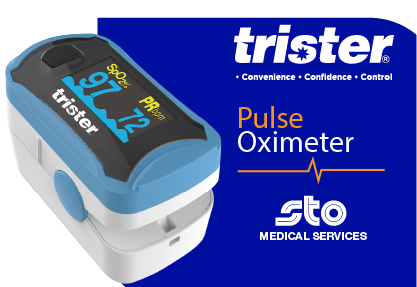Business and career expert, and also author of Humanity Works: Merging Technologies and People for the Workforce of the Future, Alexandra Levit answers a question she receives from a LinkedIn member.
“It seems that there are endless choices to make during a career. Making mistakes is inevitable and a good way to learn; however, mistakes seem to teach what not to do rather than what to do. Do you have advice for how to use mistakes to help pick the best choice rather than narrowing the field of choices?” — Christopher DeMars
In her answer, Alexandra explores a strategy to increase the possibilities of choosing the best choices for your career.
Step One: Go back to the beginning and define the problem you were originally trying to solve in concrete terms.
In order to address a problem, you have to first identify what the problem specifically is. After identifying the real issue, you have to decide whether it is objectively a problem. Too often we end up looking at issues subjectively, where your perspective is based on your personal feelings and emotions. However, an objective perspective will not be influenced by emotions, but is based on fact – in quantifiable and measurable things. Therefore, by looking at it from an objective stance, you will know whether it truly is a problem, or whether you only feel like it is a problem. After looking at it from an objective perspective, you have to ask yourself what you can gain by fixing it so that you will know how to prioritize it.
Step Two: Generate as many possible solutions to the problem as you can.
Don’t pin down your solutions to just one or two – always explore alternatives. While exploring your options, consider whether any of the solutions are unrealistic, and whether any of them are too similar to what failed the last time, or whether they build on what worked.
Step Three: Evaluate each solution and choose the best alternative based on the pros and cons.
Before deciding on which solution to move forward with, evaluate each one based on the pros and cons. Prioritize them according to what seems to be the most viable alternatives based on these pros and cons. Prior to choosing the best solution, ask yourself this – “How can I collaborate with others to mitigate the risk of making another big mistake?”
Step Four: Implement the chosen solution.
Once you have arrived to a decision on which solution you will be implementing, think of how you will roll out and communicate this solution. If things get out of hand, ensure that you have a contingency plan to depend on such that you won’t be unprepared if and when something goes wrong with the chosen solution.
Always take a moment to assess how things worked out before moving on to the next big thing. If your solution helped you to succeed, think about what worked and why, and document them for later, when you need to use them in performance reviews or discussions about your goals with the manager.
Promote your success, but as subtly as you can. Thank the people who helped you along the way and return the favor by sharing your knowledge and skills.
Success isn’t guaranteed. If you didn’t succeed a second time, do not consider it as a failure. You learn a lot from the steps you take in coming to a decision. If the first solution doesn’t work, dust yourself off and prepare to implement the second solution you have on your board.
Take responsibility for the choices you’ve made, but don’t over-apologize or beat yourself up. Believe in yourself and others will too!
Source: LinkedIn



















